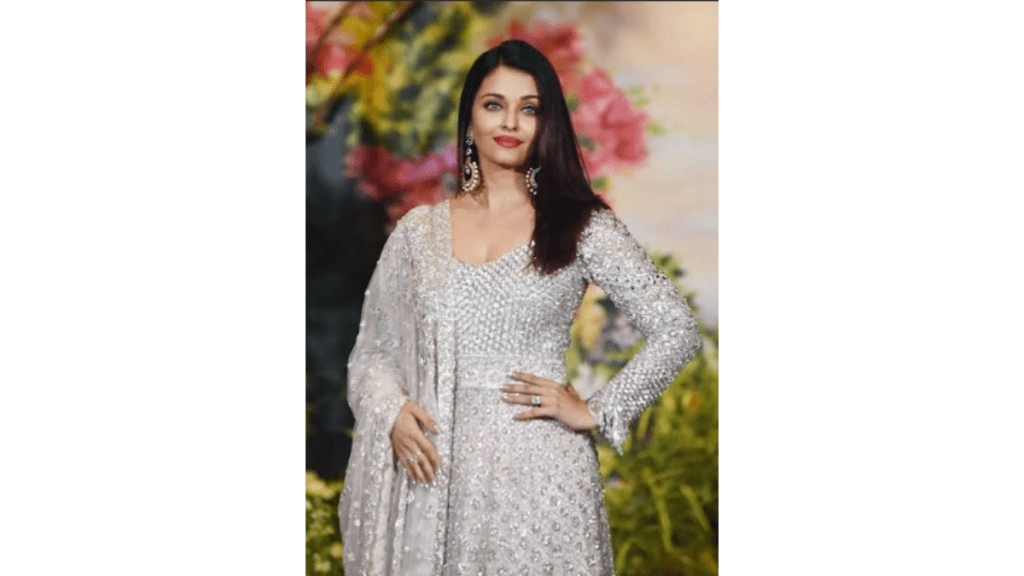Indian marketers didn’t give TV and Shah Rukh Khan fans much to complain about in H12025. The Bollywood star appeared in ads for an average of 27 hours a day across channels. SRK himself wouldn’t be singing the blues — he would have made a cool `100 crore from these ad appearances.
It would be a different story if brands were trying to pull a fast one with unauthorised use of his name, voice, image, or other identifying features.
That’s precisely the reason, filmmaker Karan Johar petitioned the Delhi High Court earlier this week to protect his personality rights, asking for an injunction against online sellers pushing merchandise in his name without approval. His case followed closely on the heels of Abhishek Bachchan and Aishwarya Rai Bachchan, who secured a sweeping order restraining websites and YouTube channels from using their names, images and AI-generated likenesses. The court warned that such unauthorised use could “dilute the goodwill and reputation” of the actors, underscoring how vulnerable a celebrity’s persona has become in the digital-first ecosystem.
Brand new playbook
Lawsuits and rising consumer scrutiny have made celebrity campaigns higher-risk. While celeb-led ads accounted for 29% of the pie for H1CY2025, it was also a 12% decline from the same period in 2023. So while celebrities still dominate the advertising landscape, their dominance has been undercut by influencers. India’s 3.5-4.5 million creator economy now powers `3,500-crore influencer marketing industry growth, says Kofluence.
“Many marketers are adopting hybrid models — leveraging marquee celebrities for mass salience while complementing them with micro-influencers and user-generated content for authenticity and conversion,” says Ekta Dewan, head of marketing at Incuspaze.
Adds Nisha Sampath, managing partner, Bright Angles Consulting, “Given their mass appeal, Indian brands are unlikely to abandon celebrities wholesale, though they may choose to diversify risk by working with a broader spectrum of influencers and content creators.”
Endorsement contracts are also being tightened with explicit clauses on AI use, likeness approvals and takedown protocols. Some experts suggest brands should go further by co-investing in monitoring systems that track the misuse of a celebrity’s persona, given how closely their fortunes are tied.
Economics of endorsement
The stakes are high because the economics of endorsement depend on trust. “A company can survive a bad ad, even a product recall. But a celebrity lives and dies on trust, on the intimacy of their persona,” says Dipankar Mukherjee, co-founder and CEO of Studio Blo. “The moment a brand uses a celebrity’s likeness without consent, the equation collapses.”
Yasin Hamidani, director at Media Care Brand Solutions, says this makes celebrity and brand reputations inseparable.
“Celebrity goodwill is as valuable as brand goodwill because both are built on trust and authenticity. If either side falters, it erodes mutual trust. Essentially, one’s equity strengthens — or undermines — the other,” he says. For brands, that means even an unauthorised deepfake, where they played no part, can still create consumer suspicion and reputational fallout.
The message for advertisers is clear: celebrity goodwill can no longer be treated as a rented asset. “Once a celebrity signs on, the brand isn’t just borrowing goodwill, it’s entering into co-ownership,” Mukherjee says. “You don’t just rent a face. You inherit the duty to shield it.”
Mukherjee says these recent cases mark an escalation of a problem that has existed for decades. “Earlier we had cheap-fakes — the lookalikes and the soundalikes. AI has simply made things easier for the unscrupulous with deepfakes, voice cloning, deep style referencing, and face cloning,” he says. “Today, a thousand infringements can go live before one takedown order is even signed. That’s why I believe celebrity goodwill now need the same kind of systemic protection we once reserved for brands.”
The problem is exacerbated by the fact that India still lacks a dedicated law on personality rights. Protection comes from a patchwork of constitutional provisions, intellectual property law and judicial precedent, leaving celebrities to rely on costly litigation. ASCI’s Code also prohibits the use of a celebrity, public figure, or institution’s name or likeness in advertising without express consent. Says Manisha Kapoor, CEO and secretary general, “Celebrities and brands also need to integrate safeguards such as digital watermarking, transparent communication practices, and legal protections to ensure authenticity. ASCI continues to escalate such concerns to the government to push for stricter action.”
Advocate Bishwajit Dubey says the upside is that the law has started treating celebrity goodwill as a distinct commercial asset. “The rise of AI and deepfake technologies has created new challenges for celebrity image rights in India. As synthetic reproductions of celebrities become easier, courts have had to adapt quickly,” he says. He cites recent orders protecting Anil Kapoor from AI morphing, restraining voice cloning of Arijit Singh, and affirming Jackie Shroff’s rights over his name and mannerisms. “Courts are increasingly protecting celebrity goodwill as a unique personal and commercial asset, often more stringently than brand goodwill,” Dubey adds.
